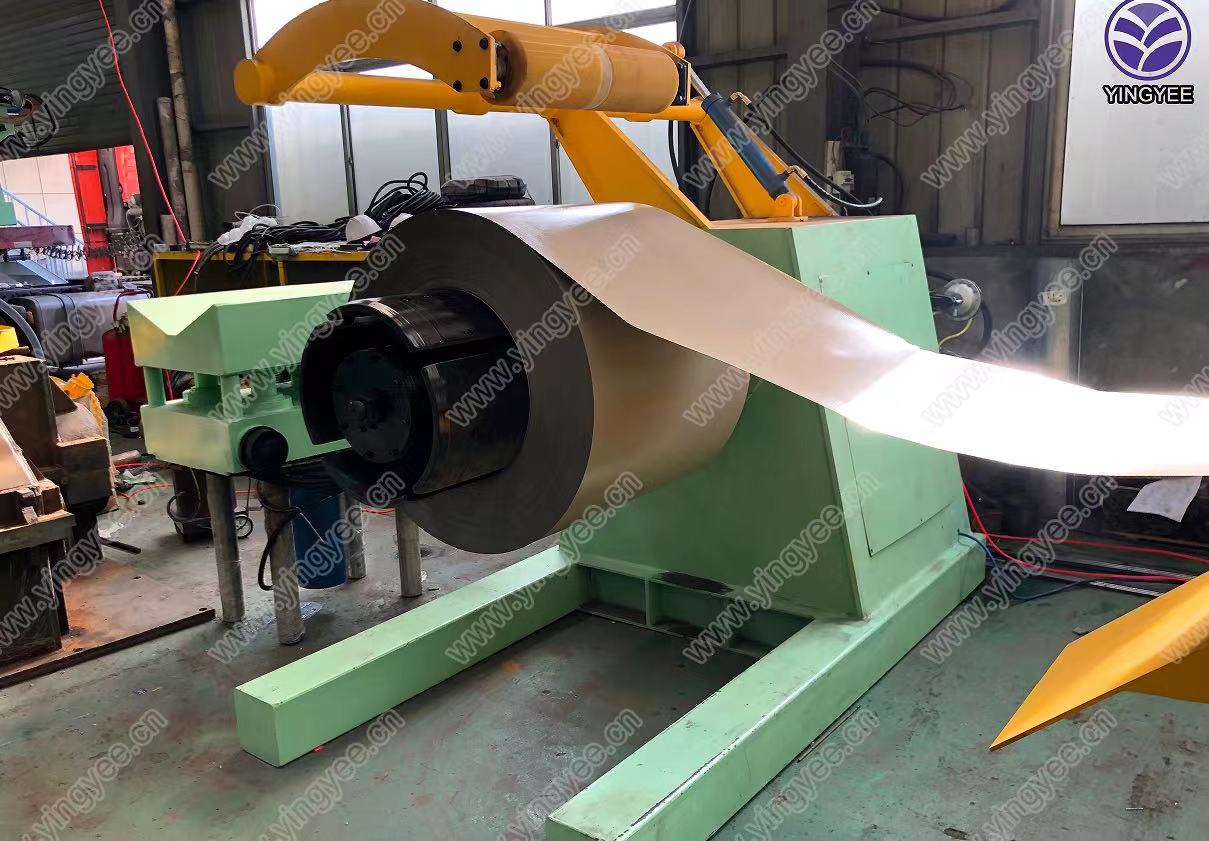
The Evolution and Benefits of Aluminium Cold Roll Forming Machines
Aluminium has positioned itself as one of the most versatile materials in various industries, thanks to its lightweight properties, corrosion resistance, and malleability. Among the processes used to manufacture components and products from aluminium, cold roll forming has emerged as a highly efficient and effective technique. For manufacturers seeking accuracy, quality, and efficiency in producing aluminium components, the aluminium cold roll forming machine stands out as a key investment.
What is Cold Roll Forming?
Cold roll forming is a process where metal sheets or strips are passed through a series of rollers that shape them into specific profiles without applying heat. This technique is particularly beneficial for aluminium, as it maintains the material’s inherent strength while allowing for precise geometric configurations. The process begins with a flat strip of aluminium that is gradually shaped into the desired cross-sectional profile through a series of deformation points in the rollers.
Advantages of Aluminium Cold Roll Forming Machines
1. Precision and Consistency One of the most significant advantages of using aluminium cold roll forming machines is their ability to produce highly accurate and uniform profiles. Once the machine is set up for a specific design, it can consistently produce parts with minimal variation, which is critical in industries where tolerances are vital, such as automotive and aerospace.
2. Material Efficiency Cold roll forming minimizes waste compared to traditional methods like cutting and welding. Since the process utilizes the entire strip of aluminium, the amount of leftover material is significantly reduced, resulting in lower costs and a decreased environmental footprint.

3. Enhanced Strength Cold working through forming can increase the tensile strength of aluminium due to strain hardening. As a result, components produced via this method are often stronger and more durable, making them suitable for demanding applications.
4. Versatile Applications Aluminium cold roll forming machines can create a wide range of profiles, from simple shapes to complex designs. This versatility allows manufacturers to produce everything from structural beams to intricate frames for electrical enclosures, making it an attractive solution for multiple sectors.
5. Cost-Effective Production While the initial investment in a cold roll forming machine may be substantial, the long-term savings gained through reduced material waste, faster production times, and decreased labor costs make it a worthwhile investment for manufacturers. The efficiency gained, coupled with the machine's capability to run at high speeds, results in lower production costs over time.
Technological Advancements
Modern aluminium cold roll forming machines have embraced technological advancements such as Computer Numerical Control (CNC) systems, which enhance precision and flexibility in operation. These systems allow for rapid changes in production setups, enabling manufacturers to quickly switch from producing one type of profile to another. Additionally, advancements in automation and robotics have further improved efficiency and reduced the need for direct human involvement in potentially unsafe environments.
Conclusion
In conclusion, aluminium cold roll forming machines are indispensable tools for manufacturers aiming to produce high-quality components efficiently and sustainably. The combination of precision, material efficiency, strength enhancement, versatility, and cost-effectiveness makes this technology a preferred choice in various industries. As technological advancements continue to evolve, the potential for aluminium cold roll forming machines will expand, paving the way for even more innovative applications and improved manufacturing processes. Investing in this technology not only reflects a commitment to quality and efficiency but also aligns with modern sustainability practices, ultimately benefiting both manufacturers and the environment.